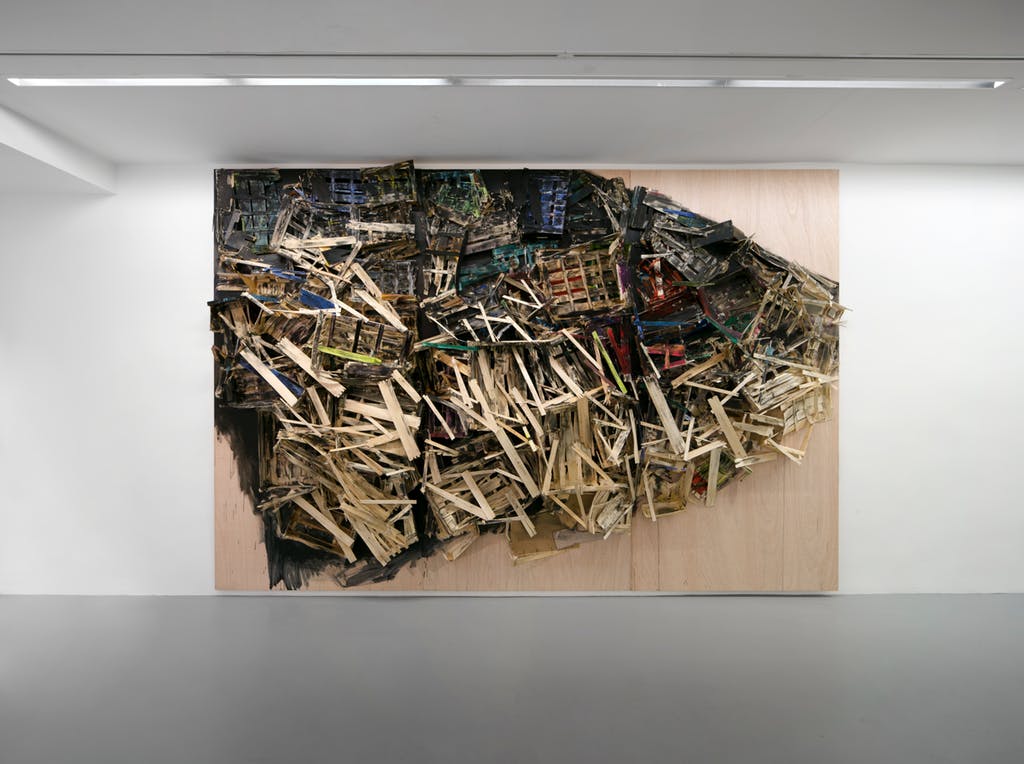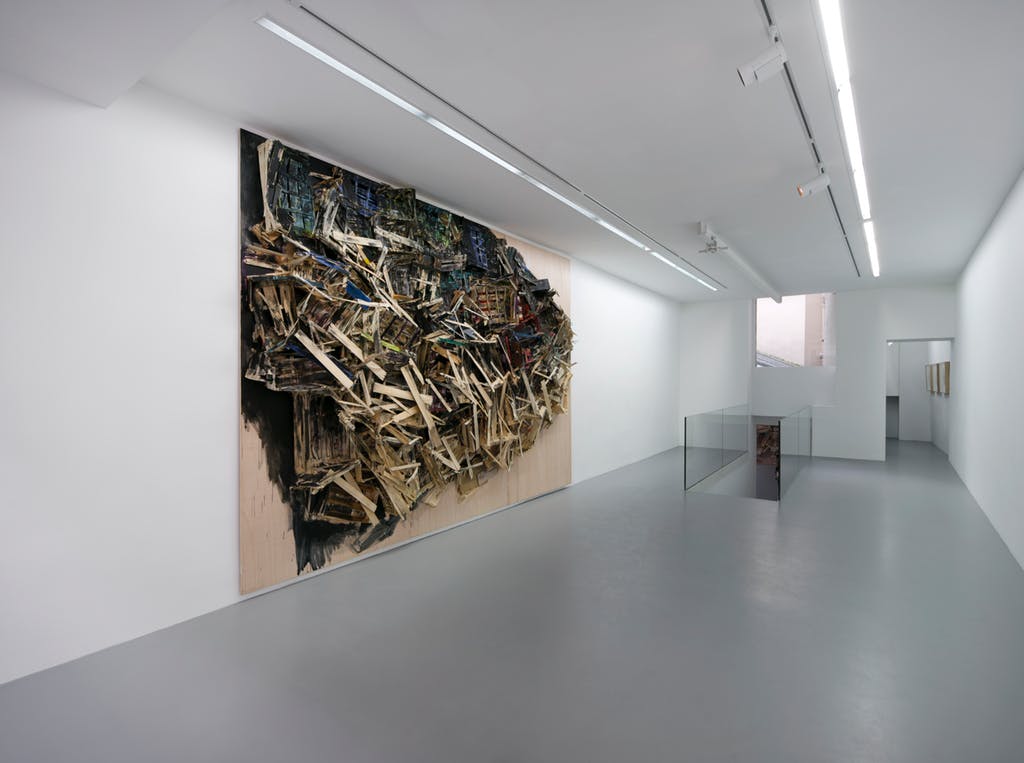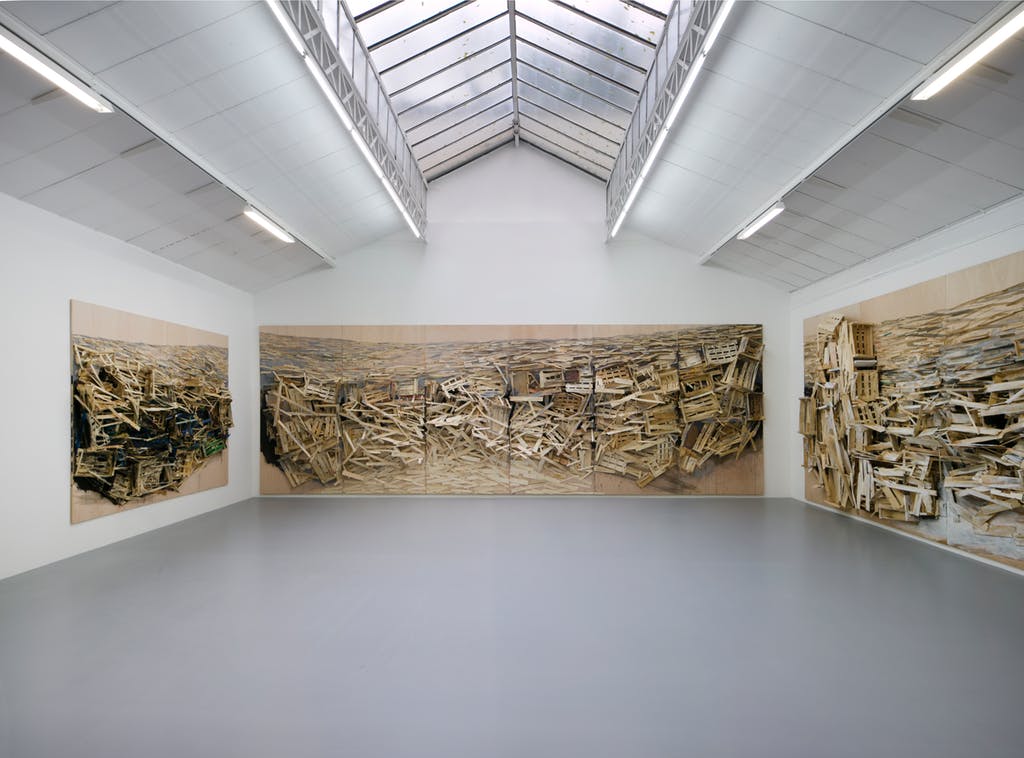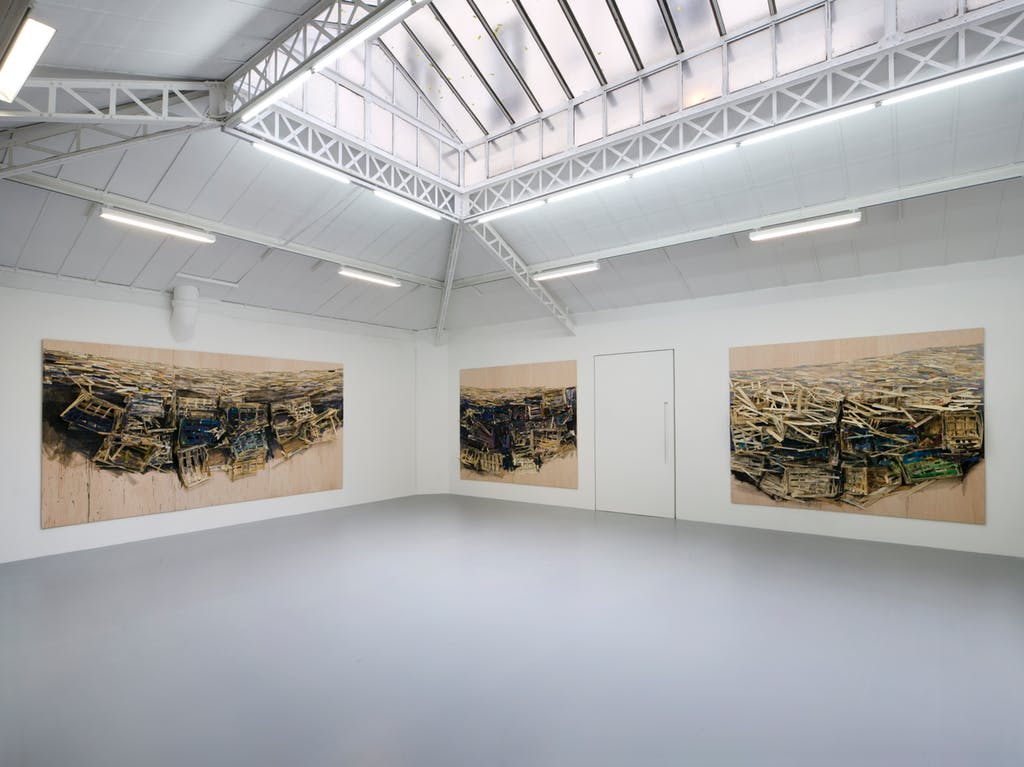ART CITIES:Paris-Tadashi Kawamata
 At the youthful age of 28 Tadashi Kawamata was chosen to be a participating artist in the Venice Biennale. Having since taken part in Documenta and international exhibitions, today Tadashi Kawamata is an important artist and indispensable presence within a growing trend in art to value the production process and participation in society and history. Tadashi Kawamata’s work transcens the art context and extends to fields such as architecture and city planning, history, sociology, everyday communication, and even medical treatment.
At the youthful age of 28 Tadashi Kawamata was chosen to be a participating artist in the Venice Biennale. Having since taken part in Documenta and international exhibitions, today Tadashi Kawamata is an important artist and indispensable presence within a growing trend in art to value the production process and participation in society and history. Tadashi Kawamata’s work transcens the art context and extends to fields such as architecture and city planning, history, sociology, everyday communication, and even medical treatment.
By Dimitris Lempesis
Photo: Galerie kamel mennour Archive
Tadashi Kawamata makes works from reclaimed wood. Often working on site-specific projects made in situ by the artist and local assistants, his sculptural installations are direct responses to their environment. Existing somewhere between art and architecture, Kawamata’s installations appear to grow independently out of their surroundings and give rise to questions about traditional forms of shelter and the effect of socio-economic contexts on the built environment. His works are both structurally solid yet fragile, and give the deliberately ambiguous impression of both construction and deconstruction. In his latest works that are on show in his solo exhibition “Destruction” at Galerie kamel mennour in Paris, there are as many allusions and symbols, but tragic. With crushed crates, which he screws and staples onto plywood, Kawamata composes vast landscapes in spiky and chaotic bas-reliefs, on which he throws colors. Fields of ruins after a disaster or coasts after a shipwreck, covered with the remains of shattered boats? The terror of irreparable planetary ravages which dominates our time is expressed there with a force all the greater as these materials are poor, daily and without quality. At the end of the 1970s, Tadashi Kawamata began to create installations in situ. He first works in private interior spaces, galleries or Japanese apartments, dividing the space into minimal units or passages. In 1979, he began to wrap the facades of buildings with planks of reclaimed wood which, through the graphics of the assembled slats evoking the game of mikado, displayed a character of fragility. In Venice, Fukuoka, Sapporo, New York, La Hague, Tokyo, etc., its constructions are grafted onto existing architectures, occupying interstices, passages or in-between areas. In each of his projects, the artist surrounds himself with students or residents who participate in the editing of the work, a work that reflects both a reflection on the urban context as well as on the social context. During Documenta VIII in 1987 in Kassel, Germany, the artist focused attention on the remains of a church destroyed during the Second World War (Destroyed Church). In Alkmaar (Working Progress, 1996), people in social difficulty participated in the construction of a footbridge which, by connecting the reinsertion center to the city, re-established the broken ties between social categories. Architecture, lifestyles, urban planning issues, vacant or abandoned spaces, construction sites, all these urban situations are carefully analyzed and then reinvested in structures that draw their materials from the intervention site. With the Field Works or the Favelas (presented in the Documenta in 1992), Kawamata recovers materials rejected by the city (wooden planks, corrugated iron, etc.) which it collects in small cells, which take over abandoned urban places. Circulations and travel time are the foundations of his work: the projects of Saché in 1994 (Transfer), of the Saint-Louis de la Salpêtrière chapel in 1997 (Le Passage des chaise), of Évreux in 2000 (On the track), Tokyo in 2008 (Walkway), Nantes in 2009 (Observatory), among others, manifest the artist’s refusal to consider the space and the person who travels it.
Info: Galerie kamel mennour, 6 rue du Pont de Lodi, Paris,, Duration: 28/11/19-18/1/20, Days & Hours: Mon-Sat 11:00-19:00, https://kamelmennour.com



